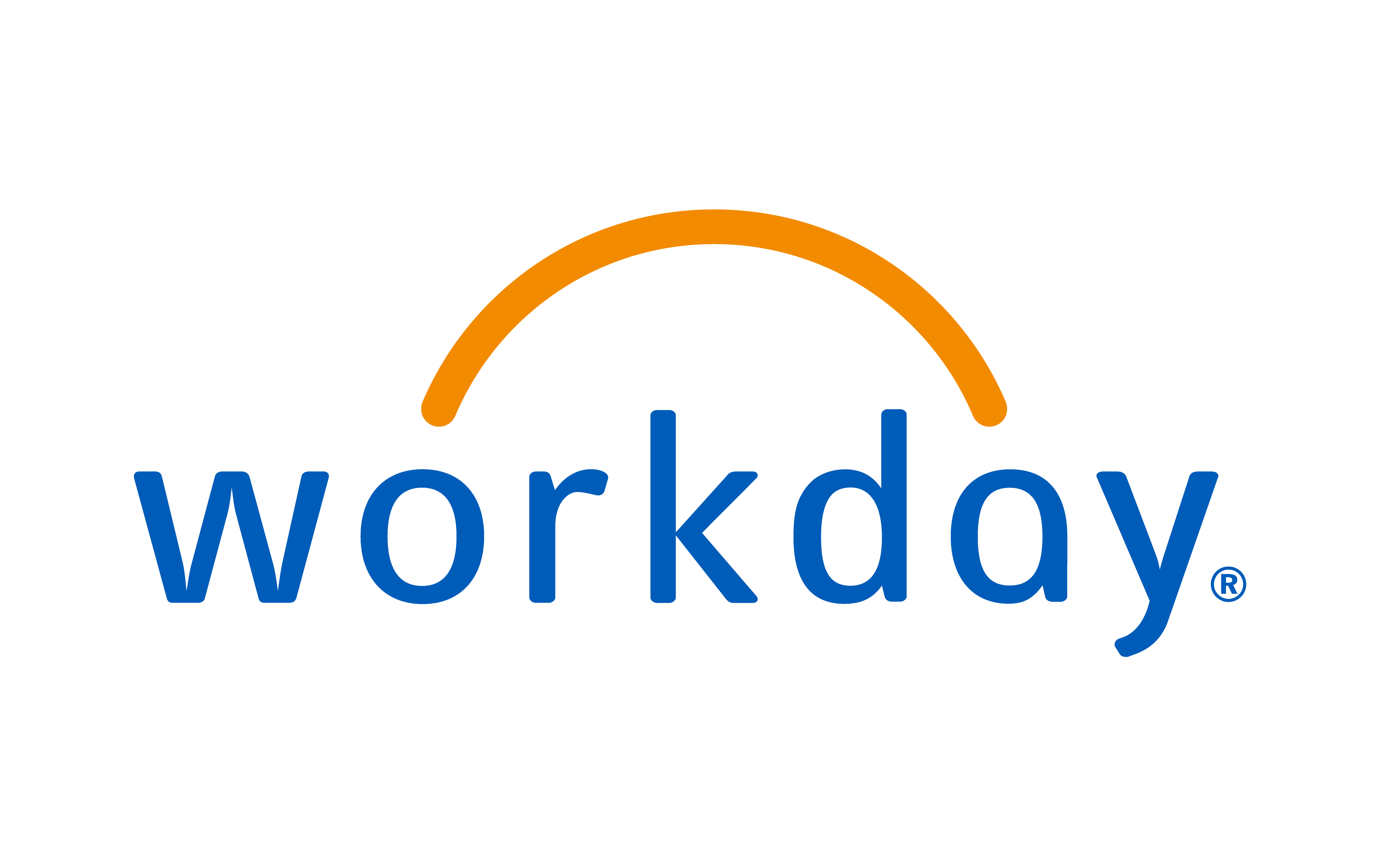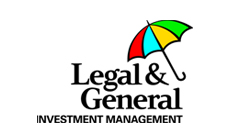
A resilient global economy means the signs look positive for businesses across a range of sectors over the coming year. With rising employment in the US driving consumption, China’s $3.89 trillion of exchange reserves being used as a war chest for investments, and a pro-business Government in India seeking to kick-start its economy, there are plenty of reasons to feel optimistic about opportunities for growth.
Of course, while the macro-economic situation may be broadly robust, the impact of geopolitics, such as in North Africa, the Middle East, Russia and Eastern Ukraine, and the South China Sea, cannot be ignored. “2015 will be a mixed bag,” says Mark Spelman, Global Managing Director and Global Head of Strategy at Accenture. “The key message for business leaders is to stay agile and watch for short-term signals in the light of longer-term trends.”
The three low performers, according to Mark, will be the Eurozone, Russia and Brazil: “Expect the Eurozone to muddle along in 2015 with political storm clouds crowding in on structural reform; Russia will go into recession with sanctions and weak oil and gas prices undermining economic performance, which will hinder Eurozone growth. Expect a tough year for Brazil; it needs a Prime Minister like Narendra Modi but chose a second term for Dilma Rousseff.”
Leaders need to be cognisant of changes to the global political landscape. Dominic Emery, Vice President of Long-Term Planning for BP, comments: “As you would expect, we’re keeping a very close eye on the oil price… The portfolio of the company is robust in relation to oil price scenarios, but there is the challenge of managing this during periods of uncertainty.”
Supply and demand
There are plenty of sectors which seem set for rapid growth. Tim Farazmand, Managing Director of mid-market private equity firm LDC and Chairman of the British Venture Capital Association (BVCA), says: “Given the likelihood of strong economic growth [this] year, we’re positive about virtually all sectors but the three we expect to outperform in 2015 are TMT, industrials and the consumer sectors.
“The TMT sector has recorded strong growth this year, and with the technology and digital revolution continuing to sweep the economy, this trend will only accelerate in 2015. Innovation is the driver, particularly in areas such as mobile and cloud computing.”
Healthcare is another area where growth can be expected. Jane Griffiths, Company Group Chairman for EMEA at Janssen, the pharmaceutical division of Johnson & Johnson, sees plenty of opportunities to form partnerships in countries that are serious about building their healthcare infrastructure, such as the Gulf states in the Middle East and in Africa.
There also remains an urgent need for innovation. “One of the things that’s so expensive in the delivery of healthcare is the bricks and mortar of hospitals,” says Jane. “So, if you can care for people remotely using innovative pharmaceutical and digital technology, you can potentially take costs out of the healthcare system and allow people to be treated at home.”
The expectation is for there to be significant deal-activity among private equity firms across these sectors. Simon Tilley, Managing Director of corporate finance firm DC Advisory, says: “Private equity portfolio managers are feeling a lot more confident about their companies. The opportunity, I think, ought to be to drive growth not just organically, but also through add-on acquisitions…
“The environment now is actually quite conducive to that. You’ve got buoyant credit markets; you’ve got companies that have stabilised, with strong management teams that have got private equity backers with money to deploy again.”
Provided pricing expectations become more reasonable, the hope is that M&A activity starts to pick up. Simon comments: “There are international trade players that are interested in the industrial, tech and consumer space. They’re coming from Asia and the US; there are definitely US private equity investors looking at the UK and Europe more confidently…
“There are also US corporates with cash to spend. They have a lot of cash in Europe as they can’t repatriate it without incurring significant tax liabilities. So, I think, there is a desire on the part of cash-rich US corporates to deploy that money in an accretive way, rather than suffer significant dilution by taking it back out.”
In 2014 there was an increased appetite for Asian PE houses acquiring Western companies, and according to Simon, this will continue. “Examples included Hony Capital acquiring Pizza Express and Baring PE Asia taking a significant stake in Cath Kidston. The motive is to bring technology and brands back to Asia to tap into local demand... The next step we’re likely to see is more Asian PE houses looking to partner with European firms,” he adds.
The public markets are predicted to pick-up again in the first quarter. John Millar, Head of Primary Markets at the London Stock Exchange, says: “We’ve seen a lot of momentum build up in 2014. It was a great first three-quarters of the year for trading volumes, IPOs and capital raised… However, in August, the geopolitical situation got a little more uncertain and, what with the Scottish Referendum, we saw the market take a pause.”
Clearly business leaders should be keeping an eye on the political landscape, while also looking at how convergence is reshaping customer behaviour. Steve Parkin, Chief Executive Officer of Mayborn Group, which makes products for babies and children, says both “political instability and consumer promiscuity” need to be watched closely.
Paul McNamara, Group Chief Executive of financial services company IFG Group, comments: “Right across 2015, I think it’s going to be a year of further adoption of technology; customers are using new technologies very rapidly. And their expectations are rising.”
There is a sense that companies are very much on the attack. Howard Kerr, Chief Executive of business standards company BSI Group, says: “We’re keeping an eye out for our competitors. A lot of companies kept their heads down in the last four or five years, retrenching, right-sizing, adjusting their models based on the tough business environment.
“Now that people are a little bit more bullish, they’re are going to innovate, they’re going to invest and they’re going to try and be a bit more creative.”
It’s the businesses with agile leaders at the helm who are watchful, constantly planning and ready to seize opportunities that will establish successful growth in 2015.
I hope to see you soon
Matthew
www.twitter.com/criticaleyeuk


























 (002).png)